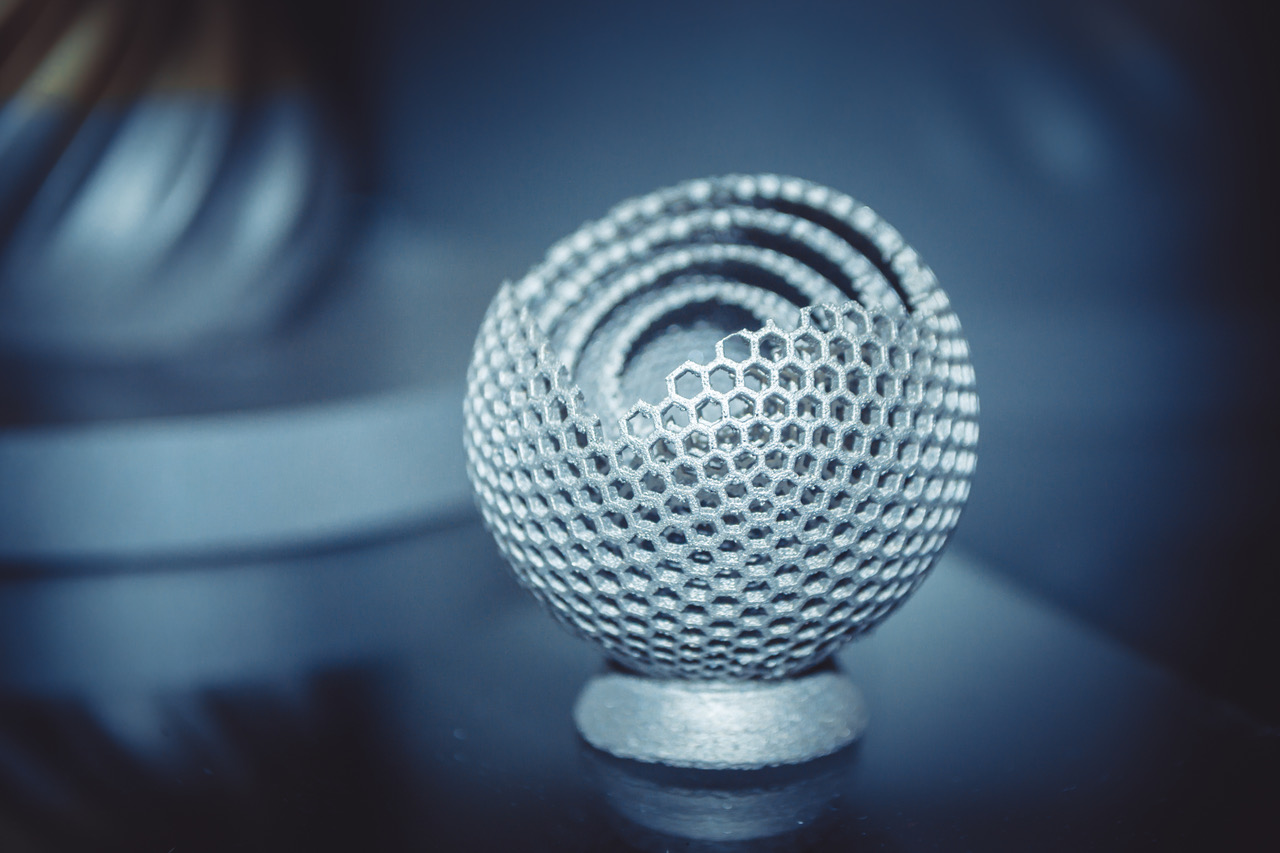Composite-based additive manufacturing appears to be on the verge of breaking through as a ‘mainstream’ method of production, according to a new report on disruptive 3D printing technologies. While composites have been used in traditional FDM 3D printing applications for a number of years, questions over speed, cost and maximum build volume have acted as barriers to mass implementation.
However, the advent of new ‘long- fibre’ technology looks set to disrupt the industry and pave the way for widespread adoption, according to Printing the Impossible – a new report on composite-based additive manufacturing (CBAM) co-authored by Ricoh 3D and Impossible Objects.
CBAM technology uses a carbon or glass sheet process – a form of continuous fibre powder-based printing – to produce sheet-fibre reinforced parts fused together by thermoplastic polymers such as PEEK and PA12. The long fibres within the composite act to reinforce the material, in a similar way to the prestressed steel tendons in reinforced concrete.
As well as providing in-depth analysis of the CBAM process, the Printing the Impossible explores how CBAM’s reduction in cycle time – in some cases by over ten times versus conventional 3D printing – can reduce utility consumption and prompt a more sustainable approach to additive manufacturing.
Mark Dickin, Engineering Manager at Ricoh 3D, comments: “Compared to short or chopped fibre materials, CBAM’s long fibre sheets make it possible to print fully functional and high strength point features with evenly distributed fibres.PEEK and PA12 are combined with either carbon fibres or glass fibres to achieve flat, linear parts with feathered edges which hold together under rotational force.
A great example of where CBAM long fibre technology can outperform traditional 3D printing materials is in the manufacture of aerofoils, such as aeroplane wings and tail assemblies, as well as drone and marine propeller blades. Current 3D printing simply cannot deliver the level of precision and material strength required for these applications. CBAM, however, can create stronger, lighter aerofoils in more complex designs and replace heavier materials such as aluminium.”
The report also provides a number of case studies where the deployment of CBAM technology has overcome barriers commonly faced when deploying composites in traditional 3D printing applications, including examples from the automotive, consumer electronics, and high-performance sport markets.
Mark concludes: “CBAM is a fascinating development in the world of 3D printing. The potential for manufacturers to expand their offering and branch out into new areas is clear. However, as with any new technology, early adoption is not without risk.
Yet, with clear demand for the higher performing parts that CBAM can produce, and with a sound implementation strategy, that risk can be mitigated to enable the technology to embed itself as viable, sustainable and cost-effective mainstream production process. We hope Printing the Impossible will provide a thought provoking take on the latest advancements in 3D printing for manufacturers and research organisations, and ultimately provide a snapshot into what the future of manufacturing holds.”
To download a copy of Printing the Impossible please click here.
Ricoh 3D will also be hosting a free webinar exploring the integration of CBAM into wider manufacturing processes on Thursday 20 October. To register, please click here.
Find out more about Ricoh 3D at ricoh-europe.com.
For more information about Impossible Objects, please visit impossible-objects.com.
Subscribe to our Newsletter
3DPresso is a weekly newsletter that links to the most exciting global stories from the 3D printing and additive manufacturing industry.





















